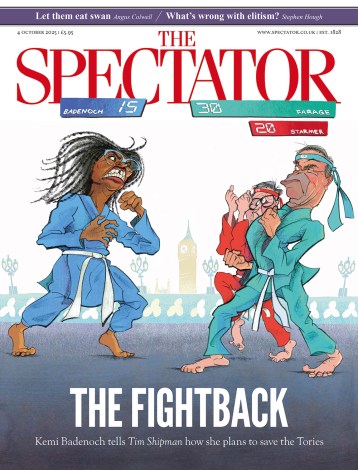A serious life
White-haired, red-faced, cheerfully garrulous, outgoing, pugnacious when nec- essary, portly: in his last years Senator Ted Kennedy strikingly resembled the Irish-American politicos of old, particularly his maternal grandfather, John Fitzgerald, ‘Honey Fitz,’ twice mayor of Boston. White-haired, red-faced, cheerfully garrulous, outgoing, pugnacious when nec- essary, portly: in his last years Senator Ted Kennedy strikingly resembled the Irish-American politicos of old, particularly his maternal grandfather, John Fitzgerald, ‘Honey Fitz,’ twice mayor of Boston. Kennedy was well aware of the likeness, and his account of Honey Fitz is one of the most enjoyable passages in this memoir; but he did not go so far as to concede that he was more of
